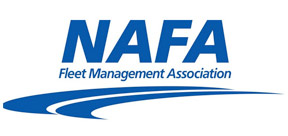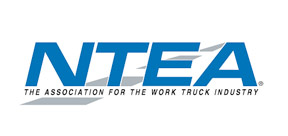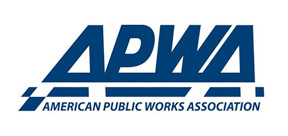MLB stadium gets maintenance boost while drawing people downtown

What’s been a catalyst for economic and community development in Springfield, Mo., is now getting more support for its next chapter as a regional destination.
Home to the Minor League Baseball’s Cardinals, Hammons Field, will undergo maintenance and upgrade work in the next few months to bring it up to the standards of other facilities in the league. This work is made possible by $4 million from Missouri general revenue funds earmarked to support maintenance and improvements at the stadium.
According to Cardinal’s Vice President and General Manager Dan Reiter, this investment is a win for both the community and the team. Reiter, who’s been in this role for the last seven years, recalls how the city purchasing the stadium in 2023 and the lease extension were strategic moves that have paid off in retrospect.

“It was a massive win in our community, and I think that win has led to a lot of support for the organization, but also for understanding that a stadium that’s 20 years old has to be updated and improved,” he said. “And so really, I do think that our community has been beyond supportive (in) understanding the economic impact of the team, but also the importance of it with quality of life.”
On the economic development front, Reiter said that the stadium employs about 35 full-time staff and another 250 work there part-time. That also translates to a boost to the downtown economy every time there’s a home game, which draws about 4,000 each time from about a 100-mile radius.
Reiter also contends that this is the best interest of local government and their goals.
“One of the top initiatives for our city and city council … is related to … quality of life,” he said. “The stadium really started bringing people back downtown. For a long time, downtown was kind of a dead zone, and so really it’s been a key cog in that revitalization. It’s not just getting the amenities, but also getting people there. You see what’s happened downtown the last 20 years with the stadium. (For example), Jordan Valley Park and festivals have now come in and grown. A big part of it is just getting people downtown. For a while, everyone stopped going.”
Now, downtown is a destination, and the stadium has proven to be a success in the eyes of both city leaders and the general public. It’s time to look to preserving its future. According to Reiter, when negotiating the terms of the lease with the city, it was important to both parties that both maintenance and improvements were factored in. The state funding will be allocated toward both types of capital expenses. In Reiter’s estimation, you really can’t have the one without the other.
“Obviously the fans will notice the bright, shiny things, but a big part of this is also the maintenance and importance of redoing roofs, ceiling, masonry and HVAC improvements,” he said. “And those (projects) aren’t fun. They’re not sexy, but they’re very, very important to this.”
Another facet of the project relates to enhancing the fan experience. According to Reiter, plans call for replacing the stadium audio as well as modernizing the press level. He’s equally excited about adding outdoor seating. This welcome change to the hospitality area will cater to corporate and community groups who want to have a more dynamic and family-friendly experience while gathering.
Reiter said the public has been understanding about the need for the investments, especially when they learn their taxes won’t go up as a result. As of now, the work is slated to be completed by June 2025, but ideally ahead of the season opener in April. Reiter said he’s optimistic about the timeline, especially since they’re already set up for success. “We had done a lot of the legwork beforehand so that by the time that the state funding was approved, we already had basic architectural designs for the press level renovation,” he said. “So we’ve tried to do as much of the legwork beforehand. Even right now, we have the contractor. We have all of the plans and designs. They’re getting permitted. We’re past the planning phase of it. We’re getting ready to start the projects.”
Next Article: Massachusetts capital takes cross-departmental approach to rat issue


